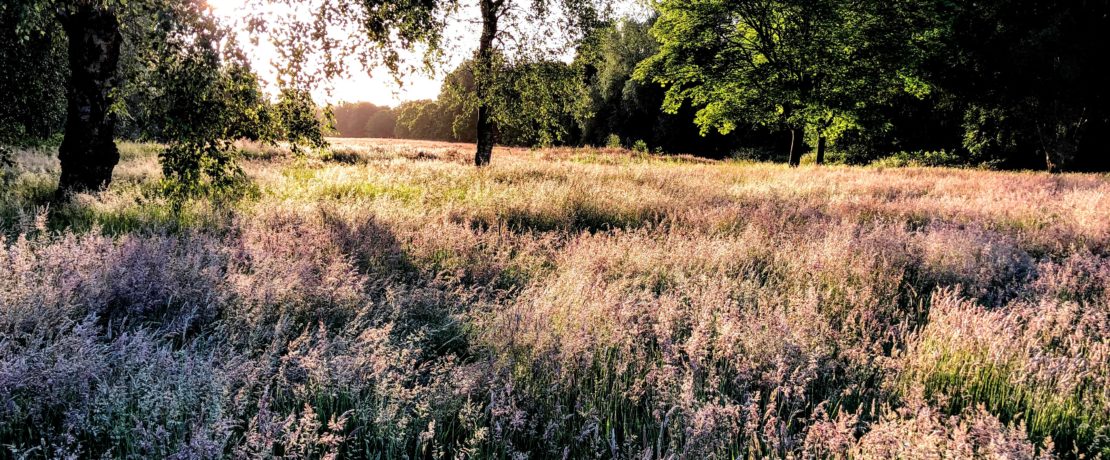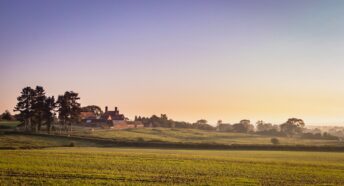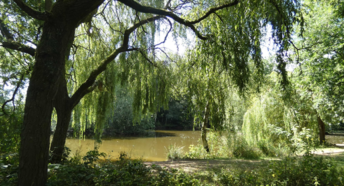Respond to Local Plan to save green spaces!
Now is the time to respond to the Newcastle-under-Lyme Local Plan consultation, which will determine the future of the countryside and green spaces over the coming years.
I previously wrote about the council’s determination to build on Keele Golf Course, 200 acres of beautiful wooded greenbelt land next to the infamous stinking tip of Walley’s Quarry. The threat to local health was proven in a recent legal case where the judge ruled that: “there is a direct effect on…home, family life and private life from adverse effects of severe environmental pollution”. However, plans are afoot to build 1,200 houses in a place where locals try to escape to breathe fresh air.
Many councils are in uproar at the government’s 300,000 houses a year target, with even the Housing, Communities and Local Government Select Committee urging the government to provide evidence to justify what otherwise appears to be an arbitrary number. NULBC, possibly uniquely, is arguing for greater levels of housebuilding, even though it has a 5-year housing supply in place and house prices are below the national average. They propose three approaches:
1) Nationally Set
2) Sustainable Growth (17% higher than national targets)
3) Greater Jobs Growth (27% higher than national targets)
They claim that: “The vision and objectives support the principle of sustainability as defined in the National Planning Policy Framework” . However, by their own logic, having a ‘Greater Jobs Growth’ option beyond ‘Sustainable Growth’ must therefore imply unsustainable development. It’s not clear how building houses would automatically lead to jobs growth – especially when years of decline in the town centre have made the area much less attractive for settling and investing in.
To achieve these fantasy levels of growth, the plan identifies six options for development, all of which necessitate large-scale building on greenfield and/or Green Belt land. This is classic circular logic – invent inflated targets and unsurprisingly there won’t be enough brownfield sites. Defining ‘options’ for building areas suggests a ‘beggar my neighbour’ approach where councillors may hope for development elsewhere in the hope of preserving their own constituency. Read the document closely though and this is not the case – the inflated housing targets necessitate building on most, if not all of the ‘options’. It’s hard to see how this aligns with the NPPF’s definition of sustainability:
Meeting the needs of the present without compromising the ability of future generations to meet their own needs…to protect and enhance our natural, built and historic environment; including making effective use of land, improving biodiversity, using natural resources prudently, minimising waste and pollution, and mitigating and adapting to climate change, including moving to a low carbon economy.
Furthermore, the development sites have been identified before detailed environmental evaluation has been carried out – so we are being asked to decide now, and find out about the damage of our choice later. How does that meet the NPPF definition of sustainability? Whilst NULBC has endeavoured to update much of the documentation after spending seven years and £316,000 on consultants for the Joint Local Plan with Stoke which it unilaterally abandoned, the only environmental evidence mentioned is a 2014 report provided by Staffordshire Wildlife Trust, which is a general overview of the borough rather than appraisal of the chosen sites. A truly ‘sustainable’ options paper would include an assessment of the environmental impact of building on sites first.
What can I do next?
Respond to NULBC’s Local Plan consultation by 5pm on Monday 24 January 2022 (the developers will!). You only need to answer the questions that you feel are most relevant. The Local Plan Evidence base prepared by paid consultants is here.
1. Visit the site! The more people experience the area the more will want to preserve it.
2. Contact us to get involved: Email Save Our Green Space: saveogs20@gmail.com
3. Sign our petition and a petition to save Newcastle’s green spaces
4. Contribute to our website and Facebook page
5. Contact NULBC Planning Dept to be kept informed of Local Plan developments: planningpolicy@newcastle-staffs.gov.uk
7. Write to Aaron Bell MP: aaron.bell.mp@parliament.uk. Mr Bell has campaigned tirelessly to support locals’ views about Walley’s Quarry – ask him to help save our green spaces as well!
Report any interesting wildlife sightings in the selected areas: and identify green areas which should have more protection (reference 2P6C+46 Newcastle-under-Lyme for Keele Golf Course).
The opinions expressed in this article are those of the author and not necessarily of CPRE Staffordshire.







